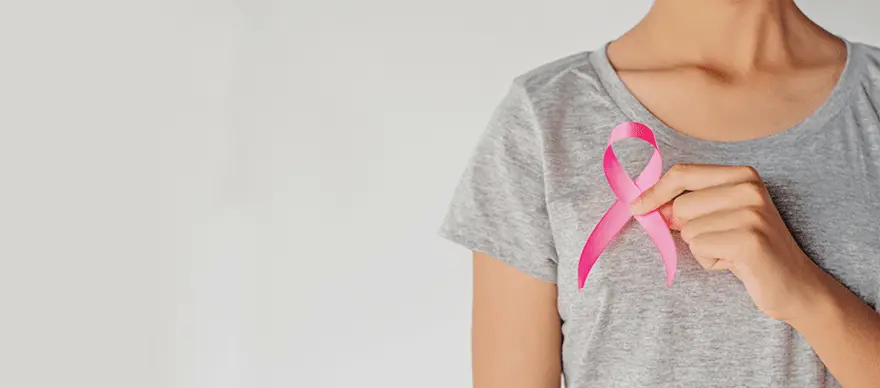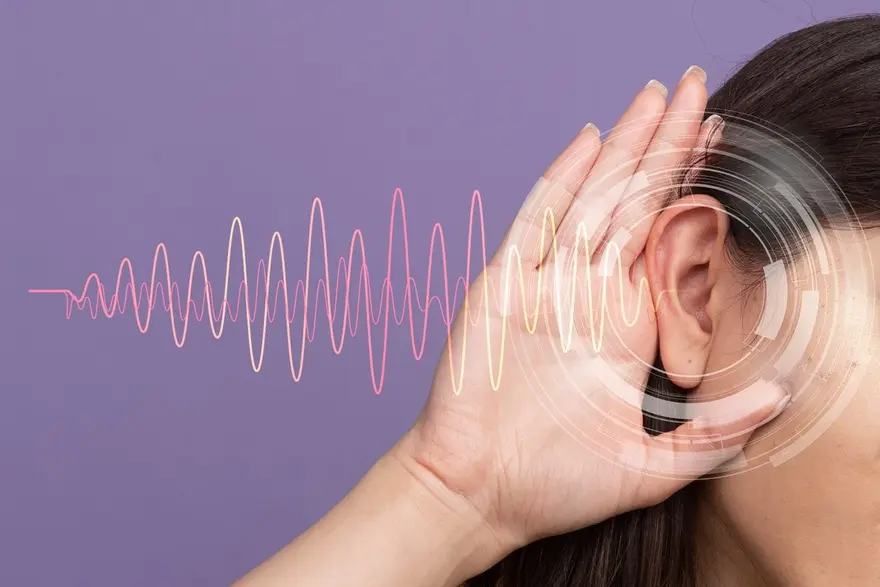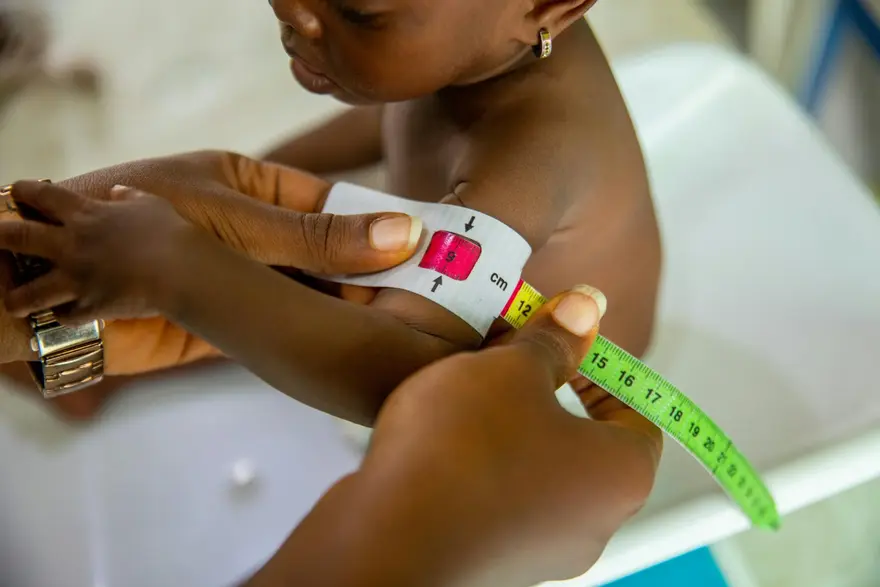Health Wellness
Breast Cancer: Early Warning Signs You Must be Aware of
9208 Views
0

Breast cancer happens to be the most common cancer among women globally. Though it may affect both men and women, breast cancer is more common in women. According to the epidemiological studies, the global burden of BC is expected to cross almost 2 million by the year 2030[2]. Even in India, the newly reported cases of breast cancer have significantly increased.
Despite multiple campaigns and efforts by the Government and private organizations, the awareness around breast cancer remains low, especially in sub-urban and rural India. It is critical to understand that cancer can be defeated if diagnosed at early stages. Take a look at some of the early symptoms of breast cancer
Mutations in BRCA1 and BRCA2 genes are associated with breast cancer. A BRCA 1 and 2 profile test is ordered in Individuals with a strong history of breast or ovarian cancer.
Early Symptoms of Breast Cancer:
The most common symptoms of breast cancer include:
- Changes on breast skin, such as swelling, redness, or other visible differences in one or both breasts
- A lump or a mass or nodes felt on or inside of the breast or armpit
- An increase in size or change in shape of the breast(s) (not linked with puberty in young girls)
- Discharge other than breast milk from nipples
- Pain or ulceration in/on any part of the breast
- Inward pulling of the nipple or pain in the nipple area
Not all women with breast cancer experience the same symptoms. They can vary to some extent from person to person.
A study has reported that women aging above 40 with high cholesterol were 45% less likely to develop breast cancer than those without high cholesterol. Track your cholesterol levels from time to time.
Early Detection Saves Lives
It is common for women to ignore a doctor visit owing to the privacy concerns and stigmas associated. Do not hesitate to consult a doctor if you notice any early warning sign.
What Can Put You at Risk of Breast Cancer?
Risk factors that cannot be changed (non-modifiable risk factors)
- Advancing age: Most breast cancers are diagnosed after age 50. The risk for breast cancer increases as a woman gets older.
- Reproductive history: If a woman got periods before age 12 and had menopause after age 55, this exposes her to hormones for a longer period, that can increase the risk of getting breast cancer.
- Dense breasts: Women with dense breasts are more likely to get breast cancer.
- Family history of breast or ovarian cancer: The risk of getting breast cancer for a woman goes up if her first-degree relative (mother, sister, or daughter) has breast or ovarian cancer.
Risk Factors that can be controlled (modifiable risk factors)
- Sedentary lifestyle: Women who are not physically active have a higher chance of getting breast cancer.
- Being overweight: Unhealthy weight or obesity increases women's risk of getting breast cancer than those who have maintained a normal weight.
- Reproductive history: Having the first pregnancy after age 30 and not breastfeeding can raise breast cancer risk.
- Alcohol consumption and smoking: Several studies have shown that drinking alcohol and/ or smoking increase a woman’s risk for breast cancer.
Tips to Cut Down The Risk of Breast Cancer
- Get involved in physical activity. Exercise regularly
- Maintain a healthy weight
- Limit alcoholic drinks and quit smoking, one step at a time
- If you have a family history of breast cancer or inherited changes in your BRCA1 and BRCA2 genes, talk to your doctor about other ways to lower your risk.
A simple habit to keep yourself safe from breast cancer
A breast self-exam is a simple check-up which women can do at home to look for changes or problems in their breast. This method requires a woman to look at herself and feel each breast for possible lumps, distortions or swelling.
Here is How You Can Perform Self-Breast Examination:
Step 1
Undress from the waist up and stand straight with your hands on your waist in front of a large mirror in a well lighted room. Take your time and observe your breasts. Look for any changes in shape, size or position, or any change in skin around it. Check if there is any puckering, dimpling, sores or discoloration. they might not be equal in size or shape and that’s perfectly okay. If you notice any change, bulging of the skin, visible distortion or swelling, you should bring it to the notice of your doctor.
Check your nipples, examine them carefully for any sores, peeling or change in their direction- a nipple that has changed position or has redness, rash or swelling.
Step 2
Raise your arms high and look for the same changes in the mirror. See if there is any sign of fluid coming out of any nipple, it can be watery, milky or yellowish fluid or even blood.
Step 3
Lie down on a bed and then touch your left breast with your right hand and vice versa. With the fingertip pads of your hand check your breast using a firm smooth circular motion. Examine the entire breast from top to bottom, side to side- from your collar bone to the top of your abdomen, from your armpit to your cleavage.
Follow a pattern so as to cover the whole breast area. Start from the nipple, moving in larger and larger circles until you reach the outer edge of the breast. Or as more women prefer, you can also move your finger pads up and down vertically, in rows like while you are mowing a lawn. Be sure to check all the tissues from the front to the back of your breast
Step 4
Feel your breasts while standing or sitting. Cover your entire breast, using the same movements described in the previous step.
Do not panic if you feel a lump or something unusual while you are self-examining yourself. There can be a number of causes behind the changes, not just cancer. It might be due to hormonal changes, a benign breast condition or an injury. Consult a doctor and clear any doubts.
Breast Cancer Screening
One should not depend only on self-exam to rule out cancer. No single test can detect all breast cancer early but breast cancer organizations believe that performing a breast self-exam along with other screening methods can increase the odds of early detection. Regular physical examination by a doctor, mammography and if necessary ultrasound or MRI; all or any might be needed.
Apart from breast self-examination, certain imaging tests can help learn more about your breasts and detect any disease even before it gives symptoms:
- Mammogram. This detailed X-ray gives doctors a better view of lumps and other problems.
- Magnetic resonance imaging (MRI). This body scan helps create detailed images of the insides of your breasts.
- Biopsy. For this test, the doctor removes tissue or fluid from your breast and looks at it under a microscope to check for cancer cells and, if they’re there, learn which type they are. Common procedures include:
- Fine-needle aspiration
- Core-needle biopsy
- Surgical (open) biopsy
- Lymph node biopsy
- Image-guided biopsy
Remember, breast cancer can be treated. The key to treatment is early detection and timely adequate care. Just take care of yourself and stay aware of warning signs.























 WhatsApp
WhatsApp